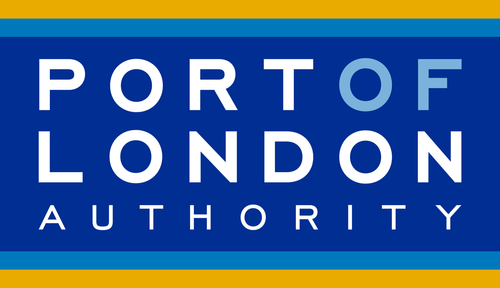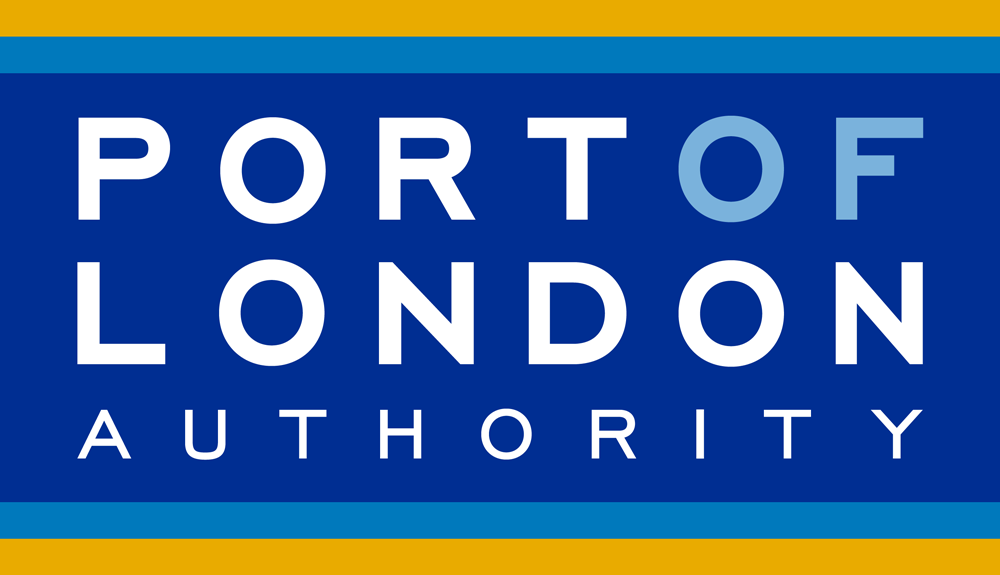Live Tides
NOTICES TO MARINERS
Charts & Surveys
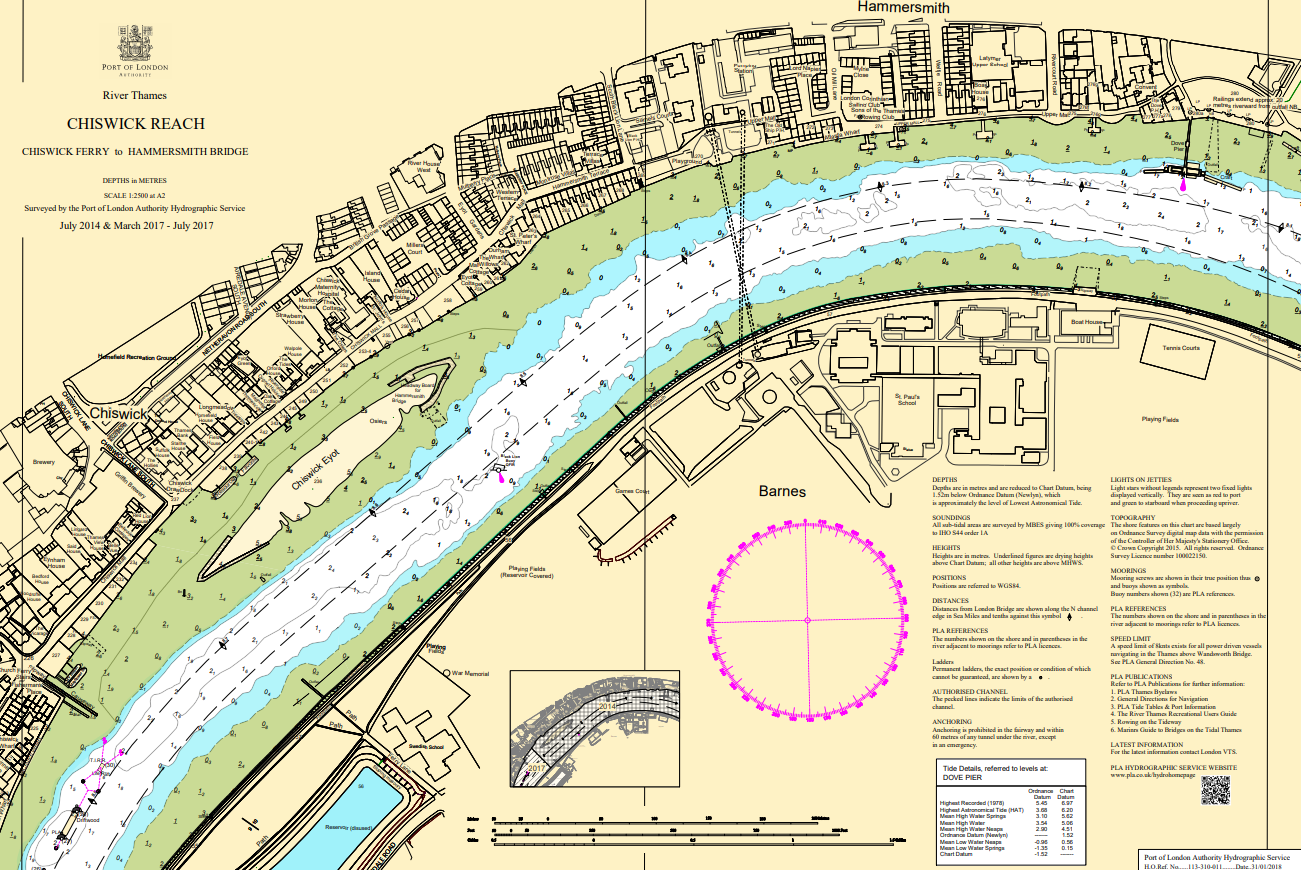
Incident reporting
Life-threatening emergencies on the river:
Call 999 and ask for the Coastguard
For near miss, safety observations and incident reporting click below
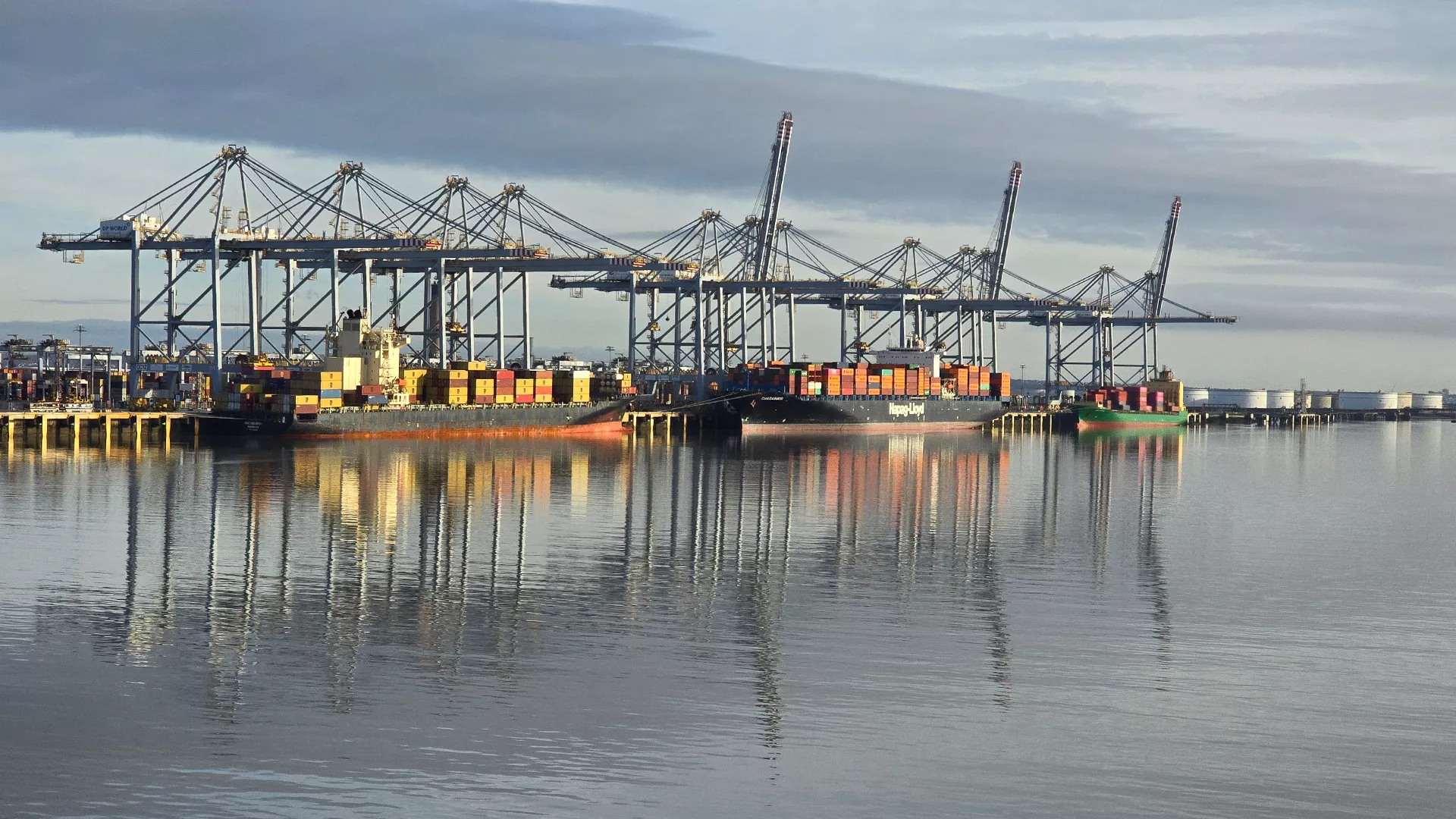
Forward from the Chief Executive
 It is my privilege to introduce our Marine Safety Plan (2024-2026), which outlines our commitment to ensuring continued safety of all those who navigate within our port and its surrounding waters.
It is my privilege to introduce our Marine Safety Plan (2024-2026), which outlines our commitment to ensuring continued safety of all those who navigate within our port and its surrounding waters.
Over the past years, we have worked tirelessly to maintain a safe and secure port environment. However, we recognise that there is always more work to be done, and we must continuously strive to improve our safety measures and practices.
Our new Marine Safety Plan represents a progressive approach to navigational safety, encompassing both traditional and innovative methods to address the dynamic challenges that we face in the maritime industry. The plan covers a range of initiatives that address the diverse risks associated with marine operations, including the implementation of advanced technology, the improvement of operational procedures, and the promotion of a culture of safety amongst all stakeholders. We are also committed to collaborating with our partners to deliver enhanced safety outcomes and to ensuring our employees are suitably trained and qualified.
I would like to express my sincere gratitude to all of our stakeholders, employees, and partners for their continued commitment to navigational safety. I am confident that our Marine Safety Plan 2024-2026 will position us well to maintain and enhance our reputation as a world-class port, where maritime safety and efficiency are at the forefront of all our operations.
Robin Mortimer, Chief Executive
Forward from the Chief Harbour Master
 The Port of London is a vital gateway for commerce and trade, and we understand the national importance of maintaining a safe and efficient waterway for all users. With this plan, we aim to enhance our existing navigational safety measures and will continue to adapt to new and emerging risks in the maritime industry.
The Port of London is a vital gateway for commerce and trade, and we understand the national importance of maintaining a safe and efficient waterway for all users. With this plan, we aim to enhance our existing navigational safety measures and will continue to adapt to new and emerging risks in the maritime industry.
Over the next three years, we will prioritise investment in technology, infrastructure, and personnel to improve our ability to respond to emergency situations and prevent incidents from occurring. We will also continue to work closely with our stakeholders, including shipping companies, tug and barge operators, and recreational users, to promote a culture of safety and responsibility on the tidal Thames.
Navigational safety is a shared responsibility and we welcome your feedback and collaboration as we work together to ensure the safe and efficient operation of our port. I look forward to working with all of you to achieve our shared goal of a safer and more secure maritime environment.
As part of our ongoing efforts to improve safety in the port, planning for the Marine Centre Transformation Programme is well under way. This project will include the construction of a new state-of-the-art London Port Operations Centre, equipped with the latest technology and software to enhance our real-time planning and monitoring of vessels navigating on the Thames.
The design of the new building will provide a centralised location for emergency response coordination, equipped with cutting-edge technology and facilities. This centre will also serve as a hub for training and exercises to improve our readiness and response capabilities.
The Marine Centre Transformation Programme is an investment in the safety and security of our port, and we are confident that it will enhance our ability to provide world-class services to all our stakeholders.
Thank you for your continued support, and we look forward to sharing more details about the Marine Centre Transformation Programme in the coming months.
Marine Centre transformation programme
 We are pleased plans for the development of a new, state-of-the-art, London Port Operations Centre at Gravesend are now well underway. The largest single investment in the PLA’s core safety of navigation activities in more than two decades, at £10 million, this is a key part of our plans for growth, captured in Thames Vision 2050.
We are pleased plans for the development of a new, state-of-the-art, London Port Operations Centre at Gravesend are now well underway. The largest single investment in the PLA’s core safety of navigation activities in more than two decades, at £10 million, this is a key part of our plans for growth, captured in Thames Vision 2050.
The new centre is key to our future as a thriving hub for trade, handling the port trade cited in the vision, of up to 80 million tonnes of cargo a year by 2050.
Equipped with the latest technology, the new centre will:
- provide a seamless service along the river, from one place;
- deliver an improved, and ergonomically designed workspace;
- integrate with the expected evolution of systems onboard vessels; and
- handle the comprehensive planning needs of the greater number of larger ships calling on the Thames.
This is an exciting phase in our continued development and a major investment by the PLA in the long-term future of the UK’s leading trading hub. It will equip us for the future of a busy, growing and complex port.
To maintain a resilient service for our customers, the project will be completed in phases:
- Phase One – Alexandra House refurbished as needed, port control systems specified and ordered.
- Phase Two – systems set up in Alexandra House; all port control operations transfer there, both Gravesend- and Thames Barrier-based. Expected: early 2025
- Phase Three – Gravesend port control building refurbished. Expected completion: early 2026
- Phase Four - new systems transfer to new Centre and it becomes fully operational.
Introduction
Port Marine Safety Code & the Maritime Safety Plan
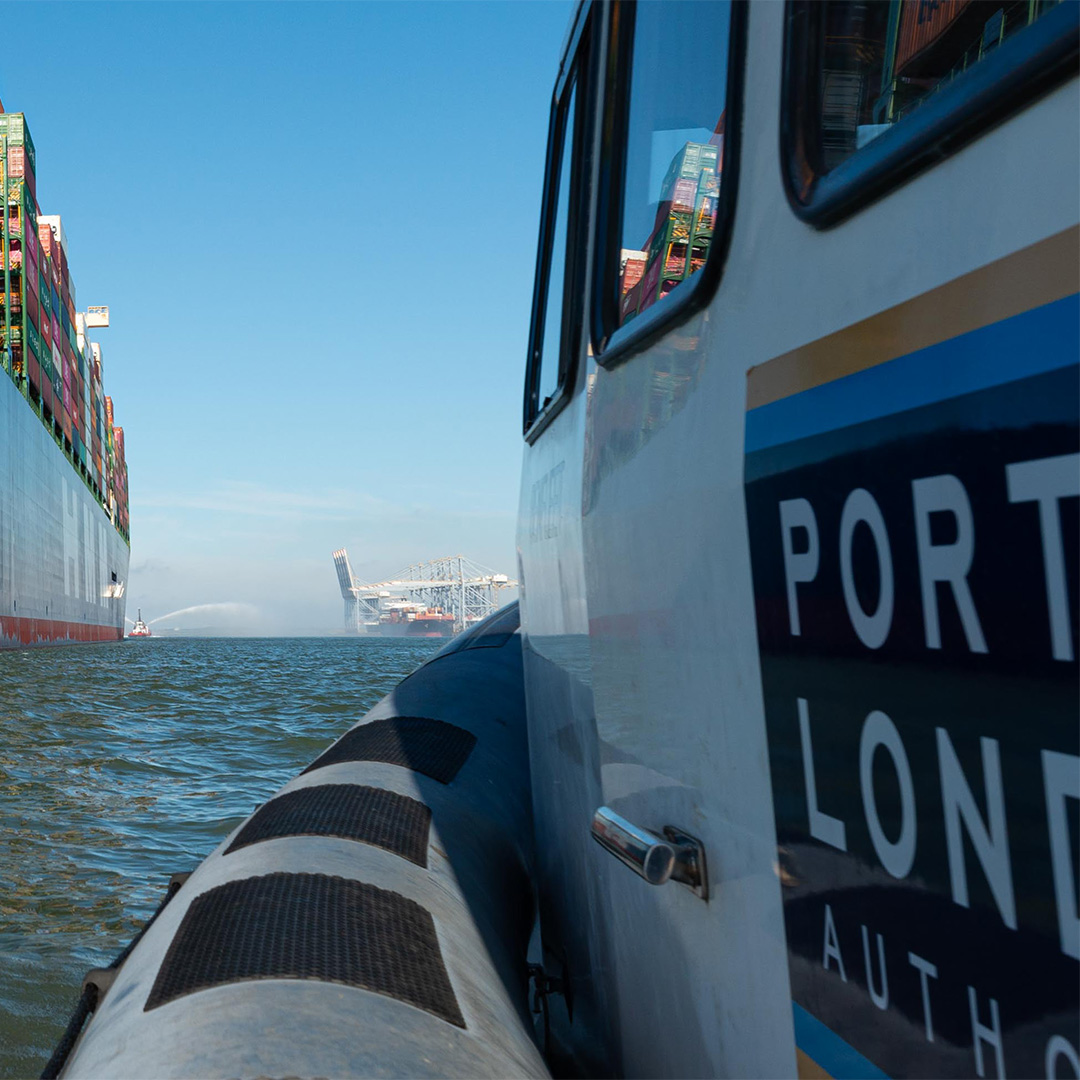 As required by the Port Marine Safety Code (PMSC), the Port of London Authority (PLA) publishes its Marine Safety Plan for the conduct of marine operations in the Port of London every three years; this plan covers the period January 2024 to December 2026.
As required by the Port Marine Safety Code (PMSC), the Port of London Authority (PLA) publishes its Marine Safety Plan for the conduct of marine operations in the Port of London every three years; this plan covers the period January 2024 to December 2026.
This Marine Safety Plan commits the PLA to undertaking the proper management and regulation of marine navigation within the scope of its powers and authority, according to Port of London Act 1968 (as amended) and the PMSC.
The PLA has a responsibility for maintaining the safety of navigation for all river users on the tidal Thames, together with a duty to improve and conserve the river and its environment. In managing the safety of navigation and the provision of services, the PLA always has the safety of life, vessels and the environment as its highest priorities.
What is the Port Marine Safety Code?
The ‘Port Marine Safety Code’ sets out a national standard for every aspect of port marine safety. Its aim is to enhance safety for everyone who uses or works in the port marine environment.
It is endorsed by the UK Government, the devolved administrations and representatives from across the maritime sector and, while the Code is not mandatory, these bodies have a strong expectation that all harbour authorities will comply.
It applies to all harbour authorities and other marine facilities, berths and terminals, in the UK and is intended to be flexible enough that any size or type of harbour or marine facility will be able to apply its principles in a way that is appropriate and proportionate.
Navigational Safety Policy
The PLA has a Navigational Safety Policy which outlines its compliance with the standards laid down in the Port Marine Safety Code (PMSC) and the management of navigation shall be in accordance with those standards.
The Navigational Safety Policy covers:
- Safety Management Systems
- Vessel Traffic Service
- Pilotage
- Hydrography
- Vessel Licensing
- Management of River Activities and Works
- Emergency Preparedness and Response
- Enforcement and Prosecution
- Marine Training
- Consultation
- Environment
The PLA also has an Environmental Policy and other non-marine policies such as the Drug and Alcohol, Health and Safety, and Security Policies which are applicable to marine staff within the PLA.
Safety Management System
A comprehensive overview of the structure, management and maintenance of the port’s Marine SMS and the PLA’s compliance with the PMSC in support of this Plan, is contained in the Marine SMS Manual. External audits of the PLA’s compliance with the PMSC are undertaken at least every 3 years, through an annual rolling programme, supplemented by regular internal audits and health checks.
Developing the plan
This Marine Safety Plan for 2024-2026 has been developed with the goal of enhancing safety. To achieve this, the team responsible for the plan conducted extensive consultations with Port of London Authority (PLA) employees to identify areas that require improvement and develop strategies to address them.
The first step in developing the Marine Safety Plan was to gather data on current safety practices and analyse areas where safety could be enhanced. This was done through a thorough review of safety policies and procedures, as well as consultations with stakeholders in the marine industry, including the PLA employees who have direct experience with safety issues.
The next step involved working with PLA collegues to identify specific safety challenges and opportunities for improvement. This included looking at the latest trends in marine safety and identifying areas where safety risks are increasing, such as the use of new technologies or changes in environmental conditions.
Based on this information, we developed a comprehensive Marine Safety Plan that includes a range of initiatives and strategies to enhance safety across the entire marine environment. The plan addresses both operational and strategic issues, including communication, training, equipment, and emergency response.
To ensure the success of the Marine Safety Plan, we are committed to working closely with colleagues, fellow river users and other stakeholders throughout the implementation process. This includes ongoing communication, regular updates, and consultations with all parties involved.
Overall, the development of this Marine Safety Plan is a critical step towards enhancing safe navigation in the marine environment.
Marine Safety Plan
2024-2026
 Safety Management Systems
Safety Management Systems
- Over the course of the plan review all General and Pilotage Directions, Byelaws, Navigational Risk Assessments and SMS Documents. This review should refine content for ease of use and understanding - ensuring conciseness where possible - whilst continuing compliance with the Port Marine Safety Code (PMSC).
- Produce annual safety campaigns. Each campaign will aim to promote a culture of safety amongst river users and be assessed on its effectiveness through internal reporting. One campaign shall specifically target the promotion and embedding of the Thames CPD scheme role out.
- Develop a multi-faceted, comprehensive wash-on/draw-off strategy to increase awareness of the associated hazards and best practice techniques, resulting in an overall improvement in safety culture amongst all relevant river users.
- Any non-compliance identified through audit, to be closed within agreed time scales.
- Following on from the success of the PLA’s Safe Boarding Week (launched in 2023), the PLA commits to running the campaign annually during the period of the plan. In addition, the PLA will work with operators, terminals and other organisations such as the UKMPA to continually improve the safety of vessel boarding arrangements.
Pilotage
- Maintain a year-on-year average Pilot Service level of above 98% by providing a pilotage service of well-trained, suitably qualified and authorised pilots that is supported by appropriate recruitment.
- Deliver a full simulator training programme for PLA Pilots to ensure PLA Pilot skills and knowledge remain current and appropriate to Class.
Pilotage Exemption Certificates (PECs)
- Process all PEC applications for new certificates and renewals with 2 working days of completed paperwork being submitted, in order to avoid delays or additional costs to operators due to PLA administration of the PEC system.
Vessel Traffic Services (VTS)
- Maintain an effective VTS across all sectors in accordance with UK national, IMO and IALA standards ensuring a 99.9% service availability for the life of the plan.
- Ensure no VTS assisted navigational incidents take place.
- Establish and commission a new, single location Port Control Centre to:
- Provide a seamless service along the river.
- Integrate with the expected evolution of systems onboard vessels.
- Handle the comprehensive planning needs of the increasing number of larger ships calling on the Thames.
Vessel Licensing
- Complete 90% of all license applications within 10 working days of receipt.
- Conduct a full review of the Human Powered Vessel licence scheme with an objective to simplify the process for the benefit of the stakeholder.
Vessel Survey
- Achieve 100% follow up rate on withheld certificates.
- Visit 100% of vessels who request a survey within 6 weeks.
Hydrography
- Publish annually, and deliver, a SMART safety of navigation programme achieving a minimum 95% of target km.
- 56 Tidal Station Calibration visits (four per Gauge per quarter).
- Two x Tidal Stream Surveys per year.
- Extend official ENC (electronic navigational chart) coverage to our up-river limits east of Teddington.
- Complete the move to ENC First, providing digital chart products covering both the river and estuary, and accessible to all mariners (both leisure and commercial).
- Identify, trial and implement technology to improve hydrographic performance (time taken from “Ping to Product“) by 10% over the period of the plan.
Management of River Works & Activities
- 100% of works licence requests to be responded to within respective time frames.
- Maintain a regular liaison schedule with Tideway representatives, ensuring that marine activities supporting conclusion of the Thames Tideway Tunnel project are managed effectively and adequately risk assessed using site specific risk assessments, and a project wide cumulative navigation risk assessment; the latter reviewed monthly.
Emergency Preparedness & Response
- Run at least two incident management exercises per year dedicated to the training and development of marine staff.
- Attend at least two exercises per year with external stakeholders such as local authorities and/or the emergency services.
- Conduct at least one Oil Spill Exercise, which includes the activation of the Marine Emergency Centre, during the period.
- Before the end of the period of the plan, establish and commission a brand-new ‘Marine Emergency Centre’ to facilitate the PLA’s ‘Category 2’ responder status under the Civil Contingencies Act 2004.
Enforcement & Prosecution
Recent and upcoming additions to the PLA’s General Directions will require initial monitoring and assessment to ensure the port fulfils its statutory duties. To that end, the PLA commits to;
- Monitor compliance of General Direction 32 (Vessel Registration Requirements) and 34 (Continuous Professional Development) through:
- Harbour Service Launch spot checks – conduct at least eight per month for Middle HSL , and eight per month for Upper & Lower HSLs.
- Conduct at least one office based electronic check per month.
- Monitor compliance of General Direction 10.1 (Discharge of Sewage) through a schedule of a minimum of ten vessel/organisational audits per year.
- Ensure all bathymetric surveys at operational berths have been submitted to the Authority as per the requirements of Byelaw 51. Where such surveys have not been submitted as required, appropriate action is taken by the Authority to best ensure compliance.
Plan performance
Performance against the objectives set within the Marine Safety Plan 2024 will be continually monitored, evaluated and reported on throughout the period. Performance will be internally monitored on a monthly basis, by the Marine Management Team, who may set additional actions if performance falls below expectations.
The Authority’s Marine Compliance Department will produce and publish bi-annual and annual performance reports each calendar year. Upon conclusion of the period, a final report will be published to evaluate performance against each objective set in the plan. Bi-annual, annual and final reports will be made available to the public on the Authority’s website (www.pla.co.uk).
Marine Safety Plan 2021-2023
The document reports on the targets and objectives as laid out in the PLA’s Marine Safety Plan 2021-2023.
As required by the Port Marine Safety Code, the Port of London Authority publishes its Marine Safety Plan for the conduct of marine operations in the Port of London every three years; this plan covers the period 2021 – 2023.
Related content
Discover

